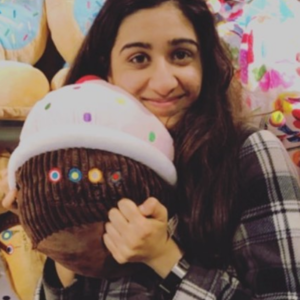Cookies are one of life’s greatest pleasures, and there are millions of different types. I, for one, appreciate a classic peanut butter cookie that’s soft on the inside and crispy on the outside. Peanut butter cookies have a signature look and you can always tell them apart from other cookies because of the grid pattern on top. But why do peanut butter cookies have fork marks?
History of The Grid Marks
Peanut butter cookies almost always have a grid pattern on top. This pattern is made with the face of a fork and ends up looking sort of like a game of tic-tac-toe.
The first time that these fork marks were widely instructed to be placed on the cookie tops was in a recipe from a 1936 Pillsbury cookbook. There was no explanation given in the recipe as to why the fork hash marks were called for, but people made them anyways.
Now, most people who bake these cookies put the hash marks on them out of pure tradition without knowing why they are even doing it. Maybe it’s because it’s simply more fun to make old fashioned peanut butter cookies.
Potential Reasons For The Marks
Peanut butter cookie dough is denser than a lot of other cookie doughs. Putting the hash marks in the cookie dough balls actually flattens them for more even baking. Without being pressed, the cookies will not cook evenly. And nobody likes a cookie that’s half burnt and half raw. When the cookies bake, they should come out soft with crispy edges.
Another potential reason (or just a benefit) for the fork mark is to warn people who have peanut allergies. When individuals with nut allergies see the grid marks in the cookie, they know which cookie(s) to stay away from.
Peanut butter cookies are so much cooler than the rest because of the iconic grid pattern. Whether you can eat them or not, it’s good to appreciate the fork marks because you never know when they’ll come in handy.


